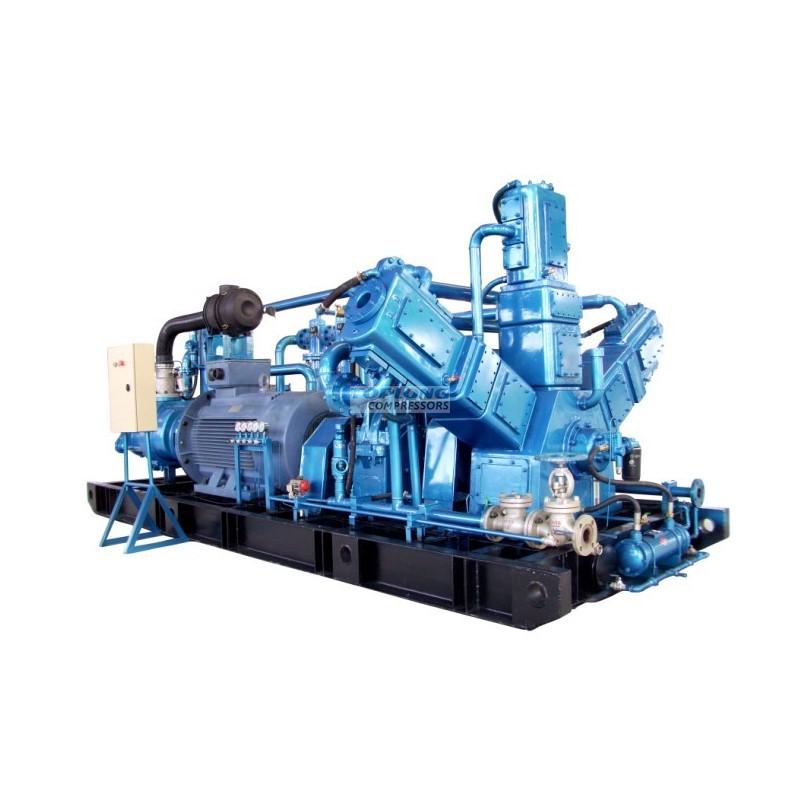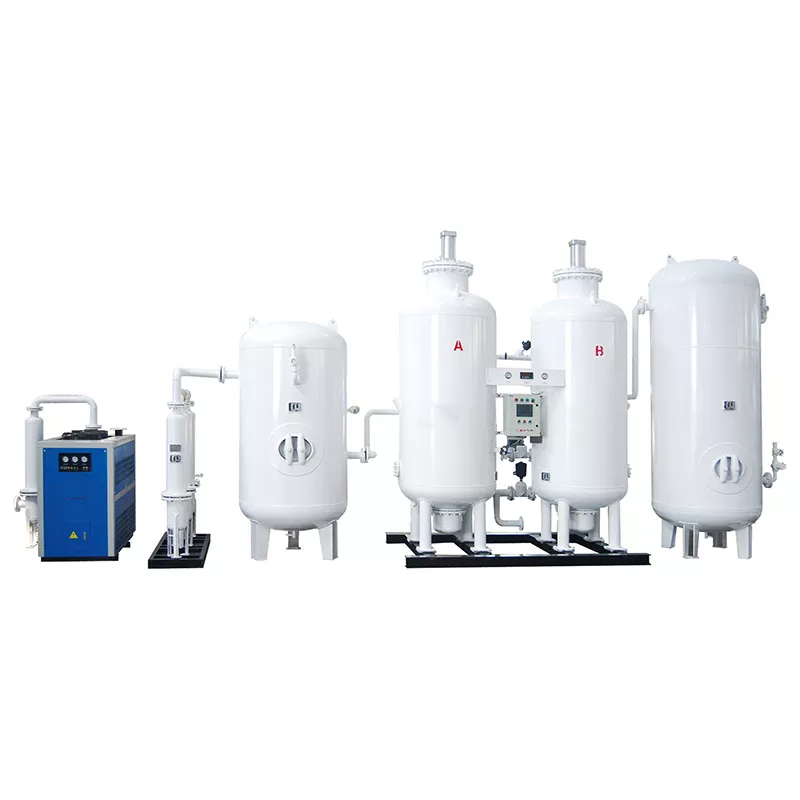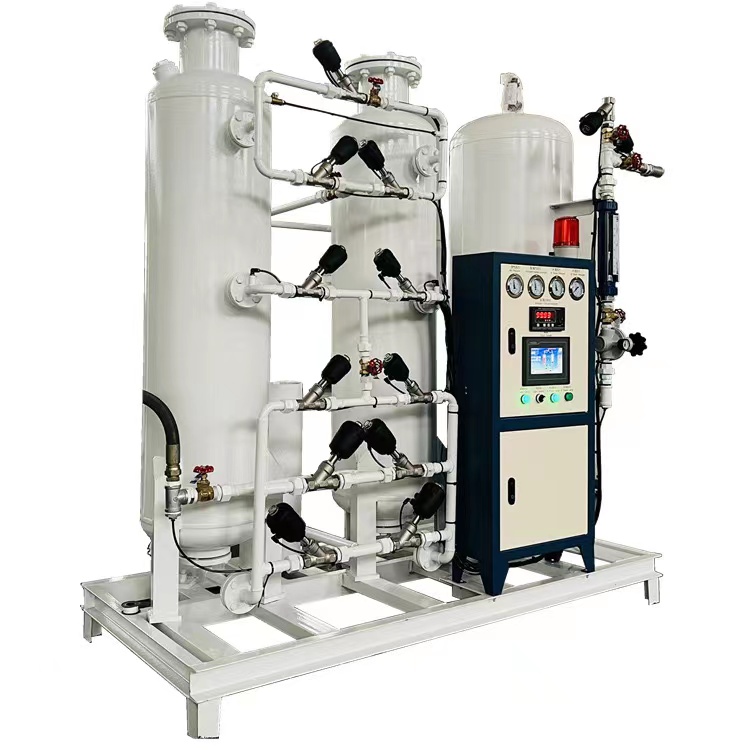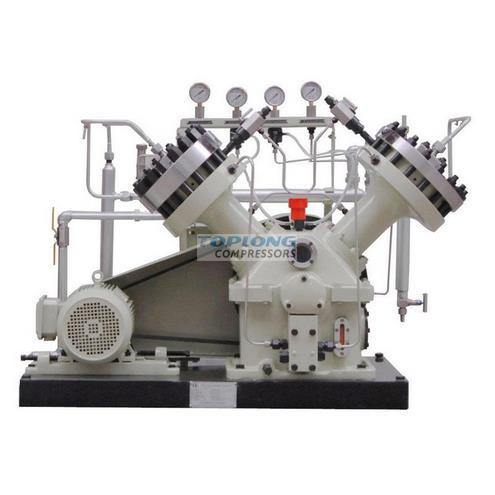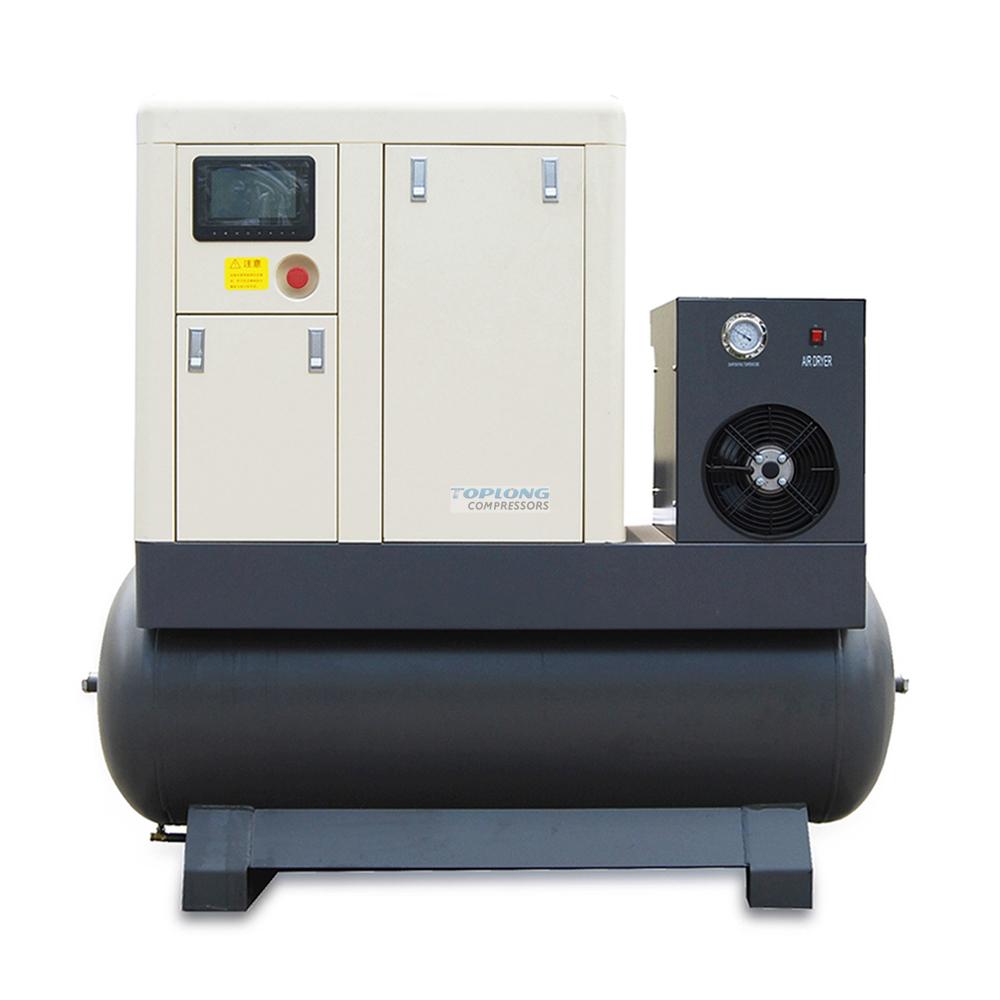Energy-saving technology and optimization scheme of hydrogen diaphragm compressor
Energy-saving technology and optimization scheme of hydrogen diaphragm compressor
The energy-saving technology and optimization scheme of hydrogen diaphragm compressor can be started from many aspects. The following are some specific introductions:
一、Compressor body design optimization
High efficiency cylinder design: using new cylinder structure and materials, such as optimizing the smoothness of the cylinder interior wall, the selection of low friction coefficient coating, etc., to reduce the friction loss between the piston and the cylinder wall, improve the compression efficiency. At the same time, the volume ratio of the cylinder is reasonably designed, so that it can be closer to a better compression ratio under different working conditions, and reduce energy consumption.
Advanced diaphragm material application: choose diaphragm materials with higher strength, better elasticity and corrosion resistance, such as new polymer composite material or metal composite diaphragm. These materials can ensure the service life of the diaphragm while improving the transmission efficiency of the diaphragm and reducing energy loss.
二、Drive system energy saving
Frequency conversion speed regulation technology: the frequency conversion motor and the frequency conversion speed regulator are adopted to adjust the speed of the compressor in real time according to the actual flow demand of hydrogen. In low load operation, the motor speed is reduced to avoid the invalid operation of the motor at the rated power, thus significantly reducing the energy consumption.
Permanent magnet synchronous motor application: use permanent magnet synchronous motor to replace the traditional assynchronous motor as the drive motor. Permanent magnet synchronous motor has higher efficiency and power factor, under the same load conditions, its energy consumption is lower, can effectively improve the overall energy efficiency of the compressor.
三、Optimization of cooling system
High efficiency cooler design: improve the structure and cooling mode of the cooler, such as using fin tube, plate heat exchanger and other efficient heat exchanger elements, increase the heat exchange area, improve the cooling efficiency. At the same time, the design of cooling flow channel is optimized to make the cooling water evenly distributed in the cooler to avoid local overheating or overcooling and reduce the energy consumption of the cooling system.
Intelligent cooling control: the temperature sensor and flow regulating valve are installed to realize the intelligent control of the cooling system. According to the operating temperature and load of the compressor, automatically adjust the flow and temperature of the cooling water to ensure that the compressor operates in a better temperature range and improve the energy efficiency of the cooling system.
四、Lubrication system improvement
Selection of low viscosity lubricant: select the low viscosity lubricating oil with suitable viscosity and good lubrication performance. Low viscosity lubricating oil not only ensures the lubrication effect, but also can reduce the shear resistance of the oil film, reduce the power consumption of the oil pump, so as to achieve energy saving.
Oil and gas separation and recovery: an efficient oil and gas separation device is adopted to effectively separate the lubricating oil and hydrogen, and recycle the separated lubricating oil. This can not only reduce the consumption of lubricating oil, but also reduce the energy loss caused by oil and gas mixing.
五、Operation management and maintenance
Load matching optimization: Through the overall analysis of the hydrogen production and use system, the load of the hydrogen diaphragm compressor is reasonably matched to avoid the operation of the compressor under excessive load or low load. According to the actual production demand, adjust the number of operating units and operating parameters of the compressor to realize the efficient operation of the equipment.
Regular maintenance: Make a strict maintenance plan, and check, repair and maintain the compressor regularly. Replace the worn parts in time, clean the filter, check the sealing performance, etc. to ensure that the compressor is always in good running state and reduce the increase in energy consumption caused by equipment failure or performance decline.
六、Energy recovery and comprehensive utilization
Residual pressure energy recovery: in the process of hydrogen compression, some hydrogen has a high residual pressure energy. The residual pressure energy recovery device, such as expander or turbine, can be used to convert the residual pressure energy into mechanical energy or electric energy to realize energy recovery.
Waste heat recovery: use the waste heat generated during the operation of the compressor, such as the hot water of the cooling system, the heat of lubricating oil, etc., to transfer the waste heat to other heat media through the heat exchanger, such as preheating hydrogen, heating plant, etc., to improve the comprehensive utilization efficiency of energy.
